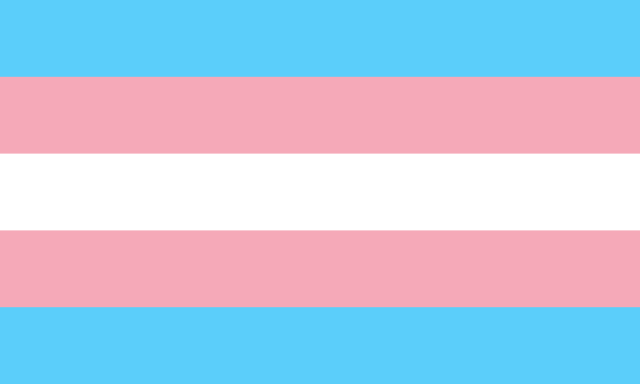
Stephanie Evert – Research – Teaching – CV – Publications – Software – Hobbies – Trans*

Gender – About me – Transphobia – Further reading
What most societies traditionally think of as male or female gender conflates many different aspects of personal identity, including dimensions such as
A society with a binary gender system expects all these dimensions to align: either you are a man (with male genitalia and anatomy, male gender identity, masculine presentation and stereotypical “boy” interests) or you are a woman (with female genitalia and anatomy, female gender identity, feminine presentation and stereotypical “girl” interests). Julia Serano refers to this as oppositional sexism and points out that gender is assigned purely based on the presence or absence of a penis at birth (without even checking chromosomes).
However, a person's true identity can be any combination of positions on these dimensions. A person is cis if their combination is close enough to the man/woman stereotypes to live comfortably within a binary gender system. A person is trans if their biological sex is opposite to their gender identity (which is otherwise close enough to the stereotype). People whose identity is a more complicated mix often identify as non-binary because they feel they do not fit into any traditional gender category.
I usually describe myself as a “straightforward” trans woman because my gender identity is unambiguously female and I prefer a feminine gender expression (in fashion, make-up, hairstyle, manners, gait, etc.), while my chromosomal, biological and anatomical sex is male (but I'm working on that!). I thus fit very well into the media trope of a “woman trapped in a male body", which many people can relate to more readily than to other transgender or non-binary identities.
It is important to understand that many transgender people do not match the media trope as well as I do, and it is perfectly valid for a trans woman (or a cis woman, for that matter) to prefer a masculine presentation and for a trans man (or cis man) to prefer a feminine presentation.
In case you've been wondering how to cite my papers, please use my name as specified in the original paper (as well as in my publications list). I do not want to hide my personal history and the fact that I spent 50 years trying to live as a man. You also might consider switching to a citation style such as APA that only uses initials for given names!
For no good reason at all – except that they apparently can't stand to see other people happy – some people are strongly opposed to transgenderism: they deny the validity of our experience, aim to take away our transgender rights and financial support, and sometimes resort to hate speech and physical violence. I am glad to live in a country, society and professional environment that has shown an amazing degree of open-mindedness, acceptance and support so far. But many transgender people across the world have had a very different experience.
One common misunderstanding is due to the outdated medical diagnosis of transsexualism, which seems to connect transgenderism with sexuality. This has led both mainstream media and some psychiatrists to confuse transgender identity (especially of trans women) with transvestic fetishism or autogynephilia.
I believe that everybody should be allowed to live their personal identity just as it is, in order to be happy, develop into the “best version of themselves” and enrich our society and the lives of the people around them. This is captured perfectly by Rotary International's Commitment to Diversity, Equity and Inclusion: We value diversity and celebrate the contributions of people of all backgrounds, across age, ethnicity, race, color, disability, learning style, religion, faith, socioeconomic status, culture, marital status, languages spoken, sex, sexual orientation, and gender identity as well as differences in ideas, thoughts, values, and beliefs.